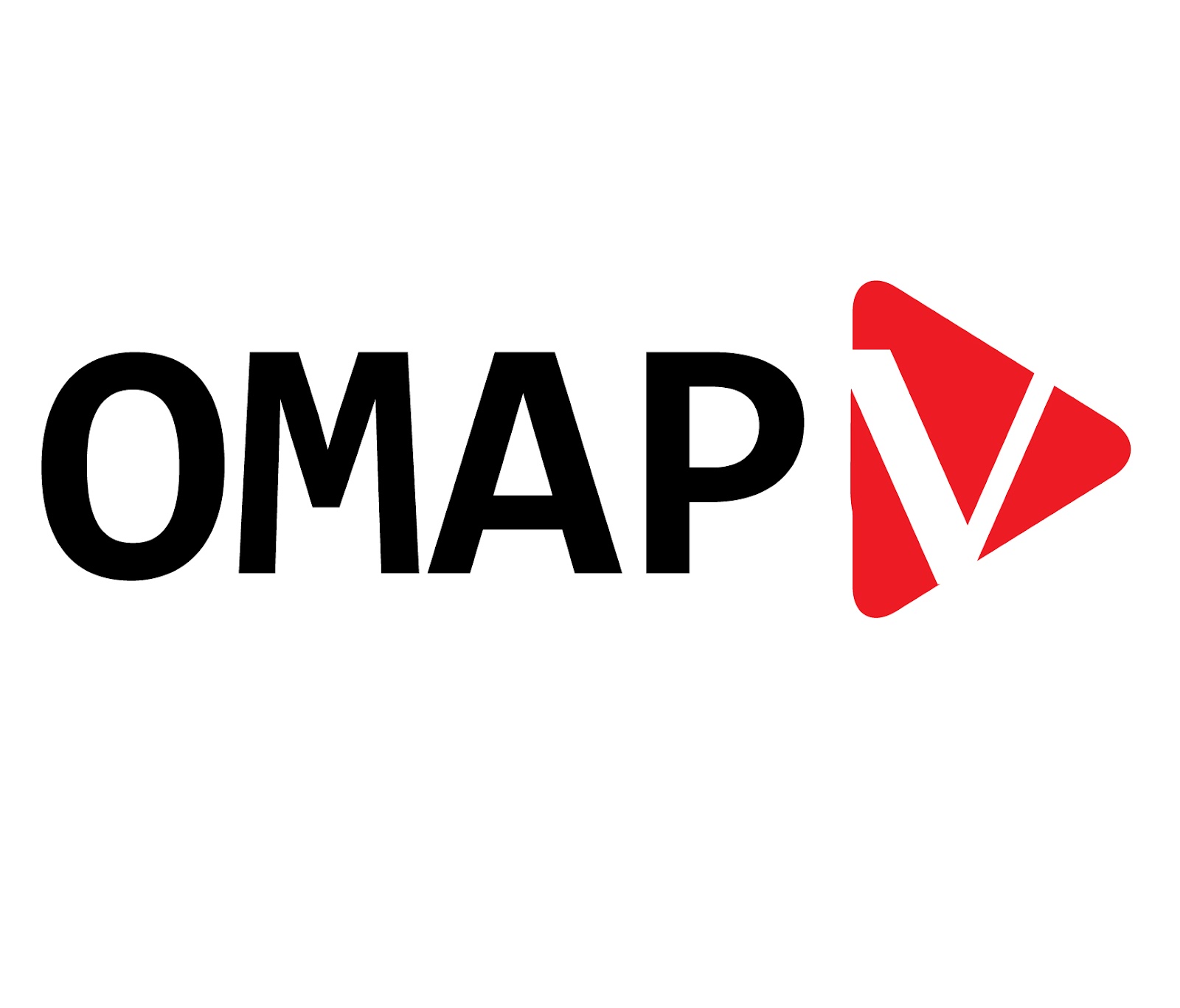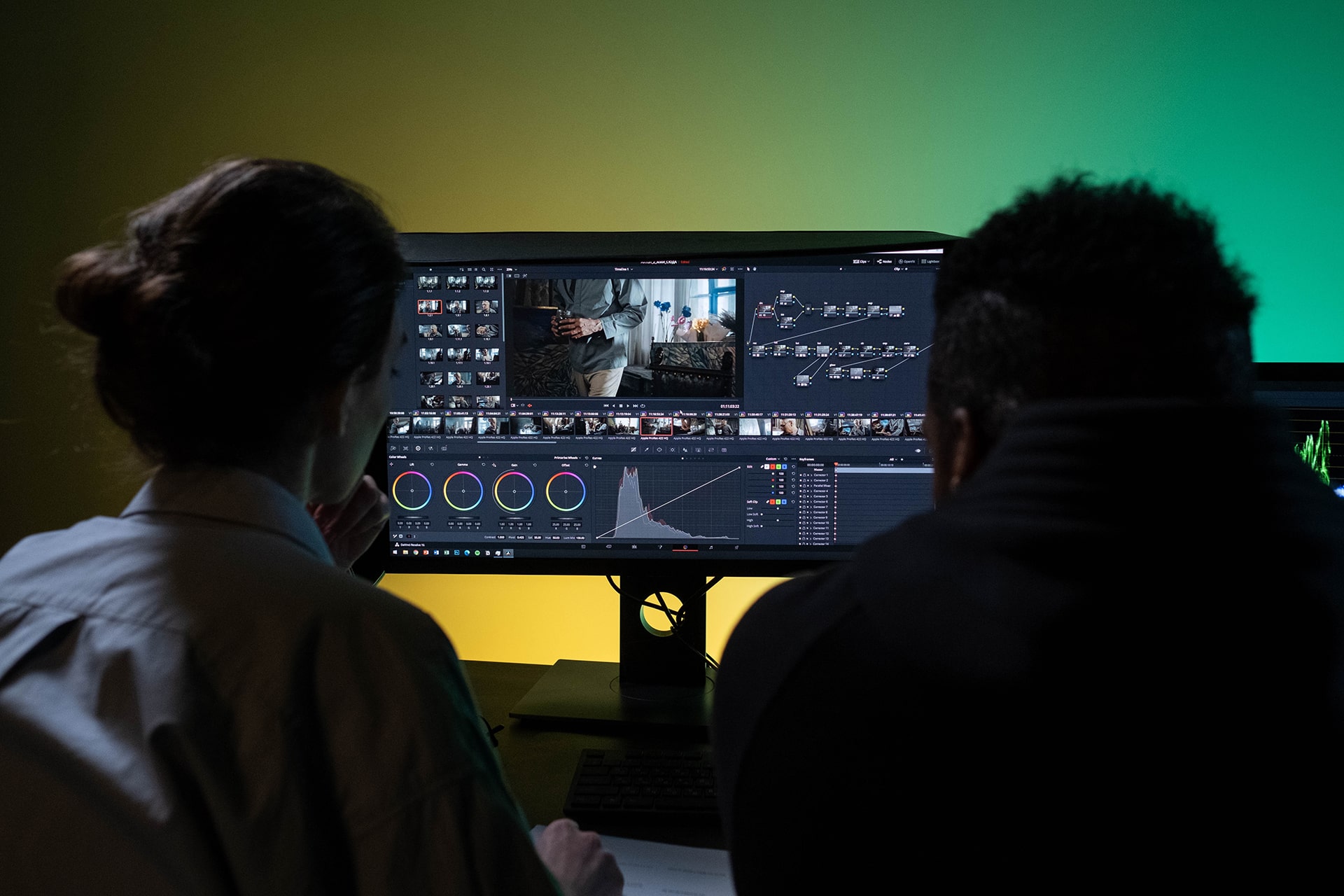Q
When working on video and image projects, outsourcing certain tasks can be a cost-effective and efficient way to leverage specialized skills. Here are some common materials and tasks that are often outsourced in video and image projects:
1. **Graphic Design:**
– **Logos and Branding:** Designing or refreshing logos and overall branding elements.
– **Marketing Collateral:** Creating brochures, posters, banners, and other promotional materials.
2. **Image Editing and Retouching:**
– **Photo Editing:** Enhancing and retouching photos for quality and consistency.
– **Background Removal:** Removing or changing backgrounds in images.
3. **Video Editing:**
– **Editing Services:** Cutting, arranging, and enhancing video footage.
– **Motion Graphics:** Creating animated elements to enhance video content.
4. **Animation:**
– **2D/3D Animation:** Developing animated content for videos or presentations.
– **Explainer Videos:** Creating videos that explain a concept or product.
5. **Voiceovers:**
– **Narration:** Providing professional voiceovers for videos.
6. **Stock Footage and Images:**
– **Royalty-Free Content:** Purchasing or licensing stock footage or images for use in projects.
7. **Scriptwriting:**
– **Copywriting:** Crafting compelling scripts for videos or promotional content.
8. **Translation Services:**
– **Subtitles and Translations:** Translating content and adding subtitles for different languages.
9. **3D Modeling:**
– **Product Visualization:** Creating 3D models for products or architectural visualization.
– **Animation:** Developing 3D animations for various purposes.
10. **Virtual Reality (VR) and Augmented Reality (AR) Development:**
– **Interactive Content:** Developing immersive experiences using VR or AR technologies.
11. **Social Media Management:**
– **Content Creation:** Developing visual content for social media platforms.
12. **Web Design:**
– **Graphics and Images:** Creating visuals for websites and online platforms.
13. **Photography:**
– **Product Photography:** Capturing high-quality images of products.
– **Event Photography:** Documenting events or capturing professional portraits.
14. **Infographics:**
– **Data Visualization:** Designing infographics for conveying complex information.
1. **Safety Hazards:**
– **Terrain and Wildlife:** Filming in the wild often involves uneven terrain and encounters with wildlife, which can pose physical threats to the crew.
– **Weather Conditions:** Extreme weather conditions such as storms, high winds, or extreme temperatures can jeopardize the safety of the crew and equipment.
2. **Logistical Challenges:**
– **Remote Locations:** Filming in remote areas may pose challenges in terms of transportation, communication, and access to medical facilities.
– **Limited Resources:** Lack of essential resources like electricity, clean water, and accommodation can impact the crew’s well-being and the quality of the production.
3. **Technical Issues:**
– **Equipment Failure:** Harsh environmental conditions can lead to equipment malfunctions or damage.
– **Power Supply:** Ensuring a stable power supply in remote locations can be challenging, impacting the operation of cameras and other equipment.
4. **Health Concerns:**
– **Medical Emergencies:** Remote locations may have limited access to medical facilities, making it crucial to be prepared for medical emergencies.
– **Stress and Fatigue:** The demanding nature of wild content production can lead to stress and fatigue among the crew, potentially impacting decision-making and overall safety.
5. **Legal and Ethical Issues:**
– **Permits and Regulations:** Obtaining necessary permits for filming in certain locations may be challenging, and non-compliance could result in legal issues.
– **Environmental Impact:** Filming in sensitive ecosystems may have a negative impact on the environment, leading to ethical concerns.
6. **Communication Challenges:**
– **Limited Connectivity:** Remote locations may have limited or no communication infrastructure, making it difficult to stay in touch with the crew and coordinate logistics.
7. **Unpredictable Variables:**
– **Unforeseen Events:** Wild environments are unpredictable, and unexpected events such as natural disasters or civil unrest can disrupt the production schedule and pose significant risks.
To mitigate these risks, thorough planning, risk assessment, and preparation are essential. This includes having a comprehensive safety plan, appropriate insurance coverage, experienced personnel, and contingency plans for unforeseen circumstances. Additionally, adhering to environmental and ethical guidelines is crucial for responsible filmmaking in wild settings.
We don’t accept wild and unexpected ID holders therefore we protect everyone’s safety for positive and productive experience.
Alex Wilson
When outsourcing, it’s crucial to communicate clearly with the service providers, provide detailed instructions, and establish expectations regarding timelines and deliverables. Additionally, ensure that the outsourced work aligns with your project goals and brand identity.
Engaging in video production, especially in wild or challenging environments, can present various risks. It’s essential to carefully plan and mitigate these risks to ensure the safety of the crew, equipment, and the success of the project. Here are some potential risks associated with wild content video production:
Creative approach to every project
Certainly! Adding a creative touch to news and interviews can make the content more engaging and memorable. Here are some creative approaches you can consider:
1. **Storytelling Format:**
Present news or interviews in a narrative or storytelling format. Create a compelling story around the facts, weaving in emotions and experiences. This approach can make the content more relatable and interesting.
2. **Role Reversal Interviews:**
Flip the script by having the interviewer become the interviewee, or vice versa. This can bring a fresh perspective to the conversation and offer unique insights. It also adds an element of surprise for the audience.
3. **Interactive Elements:**
Incorporate interactive elements such as polls, quizzes, or live Q&A sessions during interviews. This not only engages the audience but also makes the content more dynamic and participatory.
4. **Themed Interviews:**
Choose a theme for the interview and structure questions around it. This could be anything from discussing the interviewee’s favorite books to exploring their dreams and aspirations. Themed interviews add a layer of personality to the conversation.
5. **Incorporate Multimedia:**
Combine different media elements like images, videos, and graphics to enhance the storytelling. Visual aids can help convey information more effectively and keep the audience visually engaged.
6. **Immersive Environments:**
Conduct interviews in unique or unconventional locations. This could be a park, a museum, or even a virtual space. Changing the setting can add a sense of novelty and intrigue to the content.
7. **Guest Collaborations:**
Bring in unexpected guests or collaborators to join the conversation. This could be someone from a completely different field or background, adding an element of surprise and fostering diverse discussions.
8. **Scenario-based Interviews:**
Present hypothetical scenarios or challenges to the interviewee and explore how they would respond. This not only provides valuable insights into their thought processes but also makes the interview more engaging.
9. **User-Generated Content:**
Encourage your audience to submit questions or topics they’d like covered in the news or interviews. This approach not only fosters community engagement but also ensures that the content is tailored to the audience’s interests.
10. **Expressive Language and Tone:**
Experiment with language and tone to inject personality into your content. Play with humor, emotion, or even suspense to keep your audience captivated.
Remember to adapt these creative approaches based on the nature of the news or interview and your target audience. The key is to keep the content informative, entertaining, and thought-provoking.


